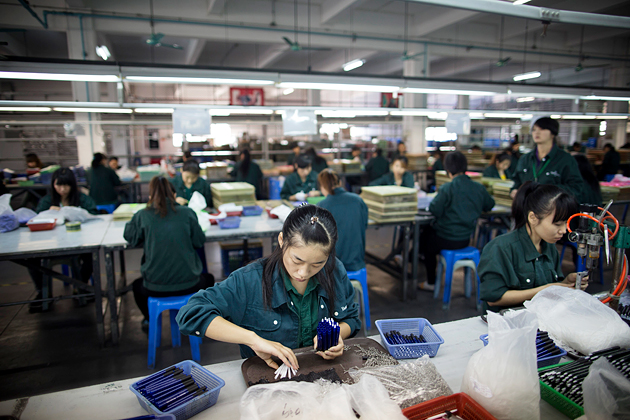Investment protection in ASEAN – part 1: the ASEAN Comprehensive Investment Agreement

ASEAN Briefing | 25 March 2016
Investment protection in ASEAN – part 1: the ASEAN Comprehensive Investment Agreement
by Dezan Shira
For companies seeking to expand operations in South East Asia, the region’s rising stature in manufacturing, ICT, and other areas of production remains tempered by regulatory uncertainty. Although legal continuity will likely emerge over the long term, rapidly developing regulatory infrastructure in many of ASEAN’s member states mandates a clear understanding of national policy objectives as well as risk mitigation techniques.
The first in a two part series, this article will assess the protection afforded to investors as part of the agreement. For more information on how the agreement compares to bilateral investment agreements in place between states such as Japan, the United States, and the EU, stay tuned for the second half of this article – to be released within the coming week.
The ASEAN Comprehensive Investment Agreement
The ASEAN Comprehensive Investment Agreement (ACIA) was adopted in 2009 to establish an investment environment based on international best practices. The agreement replaces and builds upon two prior agreements: the ASEAN Investment Guarantee Agreement of 1987 and the ASEAN Investment Area Agreement of 1998. In addition to consolidating these agreements, ACIA makes substantial improvements in the clarification and expansion of investor’s rights.
Investment Protection
ACIA offers clear and broad definitions of “investor” and “investment”, thereby reducing risk and uncertainty for investors and empowering them in the event of disputes. Beyond expansive definitions, ACIA also requires host governments to commit to various forms of investment protection. One such protection is that of fair and equitable treatment – meaning host countries must make decisions based on laws and not arbitrary actions, and gives investors the right to defend themselves with access to lawyers and the right to appeal. The Most-Favoured-Nation (MFN) Treatment clause further guarantees that ASEAN members receive no less favorable rights than any other country.
In addition to guaranteeing fair and equitable treatment and MFN status to investors, host governments must also provide full protection and security to investments at all times, including during riots and insurgencies. In such an event, hosts must compensate losses due to an armed conflict, civil strife, or a state of emergency. ACIA also stipulates that host countries can only expropriate investments under specific conditions, and must compensate investors fairly if carried out. Finally, investors hold the right to make transfers in and out of a country’s territory freely and without delay in a freely convertible currency.
Dispute Resolution
Under ACIA, investors have several options to settle disputes with host governments if they believe their rights have been infringed upon. The Investor-State Dispute Settlement (ISDS) mechanism presents three main routes to pursue grievances. One option is to take a claim to the host country’s domestic courts. Should investors desire a more independent third party, they can pursue arbitration through their choice of international court, including the United Nations Commission on International Trade Law (UNCITRAL), the International Centre for Settlement of Investment Disputes (ICSID), and the Regional Centre for Arbitration at Kuala Lumpur, or any other ASEAN regional arbitration center. The opposing parties are also free to choose an alternative mutually agreed upon venue, and are encouraged to settle disputes through mediation and negotiation at any point of the process.
Limits
While ACIA offers a relatively comprehensive array of protections, it still suffers from an element of vagueness. Article 23 offers newer ASEAN members such as Cambodia, Laos, Myanmar, and Vietnam special and differential treatment to apply ACIA’s commitments in line with their respective stages of development. As such, ACIA must be contextualized for each individual member. For example, ACIA states that compensation for expropriation “be equivalent to the fair market value of the expropriated investment immediately before or at the time when the expropriation was publicly announced, or when the expropriation occurred, whichever is applicable”. For a more developed member such as Singapore or Malaysia, this may mean that compensation would be paid for an asset’s value before expropriation. However, for less developed countries like Myanmar and Laos, compensation may be at the time expropriation occurred.





